The Path to Machu Picchu - Inca Trail vs Lares Trek
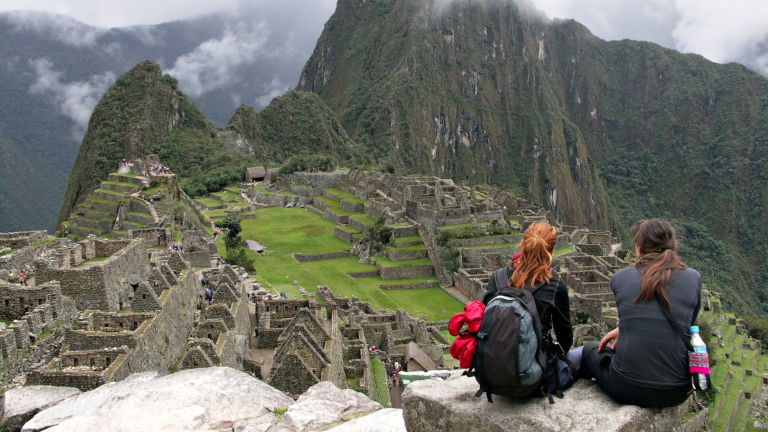
Wisps of mist curl and weave through stone pillars as the sun finds pockets of cloud and archways to shine through, illuminating Machu Picchu. The ruins stand quietly commanding the mountainside, shrouded in mystery and intrigue. You may not be entirely prepared for the emotion that tugs at you when you catch your first glimpse of the Incan citadel, or for the hairs on your arms to stand up quite as determinedly. It is a sight to behold, there’s no question about it. As it happens, the question lies not in the destination, but in the journey to it. Which path should you take to Machu Picchu – the Inca Trail or the Lares Trek?
The Trails
The trails themselves are similarly demanding, the Inca Trail perhaps a little more so due to the ascents and descents and the sections of steep stairs along the way. The Inca Trail spans 44 kilometres (27 miles) which is undertaken over three full days and a few hours on the fourth and final day of hiking. The Lares Trek on the other hand traverses 33 kilometres (20 miles) in just 48 hours and reaches higher altitudes than the Inca Trail at 4,550 metres (14,900 feet) above sea level, as opposed to 4,215 metres (13,800 feet) respectively.

Along the Way
Following the original route of the Incas on the Inca Trail offer you more historic ruins along the way than you will find on the Lares Trek. A new story unravels before you each day, etched into the archaeological remnants and echoing through the mountain valleys. On the Lares Trek you will still see reminders of a time gone by, but these historic sites will be far fewer than on the Inca Trail. On the Lares Trek you will instead be enchanted by the rugged peaks, vast lakes and quintessential Andean communities.
The Lares Trek winds its way through villages that hug the mountainsides, giving travellers an insight into the remote Andean life. The local children will wave at you as you pass through the remote communities, and giggle as you stop to catch your breath (whether it is the scenery or the last climb that has taken it away!). This trek showcases more culture than the Inca Trail which by contrast traverses mostly-uninhabited terrain strewn with antiquities rather than communities.

On and Off the Beaten Path
The Inca Trail is more well-known and attracts more tourists than the Lares Trek. Permits on the Inca Trail are capped so travellers must book quite a way in advance to secure their spot on this highly sought-after experience. The Lares Trek sees far fewer tourists on the trail meaning it feels more remote and offers a more immersive cultural experience.
Arriving at Machu Picchu
One of the biggest differences that sets the Inca Trail apart is the moment you reach the Sun Gate and catch sight of Machu Picchu. You rest your weary legs after hiking up to its vantage point and realise… you’ve made it! Most hikes arrive as the sun rises, so you will see the stones reveal themselves slowly as they are bathed in that golden early morning glow. From there it’s all downhill, but only in terms of the terrain. The ruins of Machu Picchu are waiting to be explored and with the hiking behind you, you can now officially say “I hiked to Machu Picchu”!

If your arrival at Machu Picchu is from the Lares Trek, then you’ll arrive by bus after a night at Aguas Calientes. You’re well-rested after a hot shower and a night in a proper bed, and while you may not have hiked the last leg to Machu Picchu itself, your discovery of this impressive site is no less breathtaking. You have time to explore and challenge your legs one last time as you climb the stairs and terraces of these sprawling ruins and understand why it is one of the best-known archaeological sites in the world.
The two paths that lead to Machu Picchu are incredible in their own right and both offer a different experience to travellers. Choose your adventure from our collection of Peru tours.
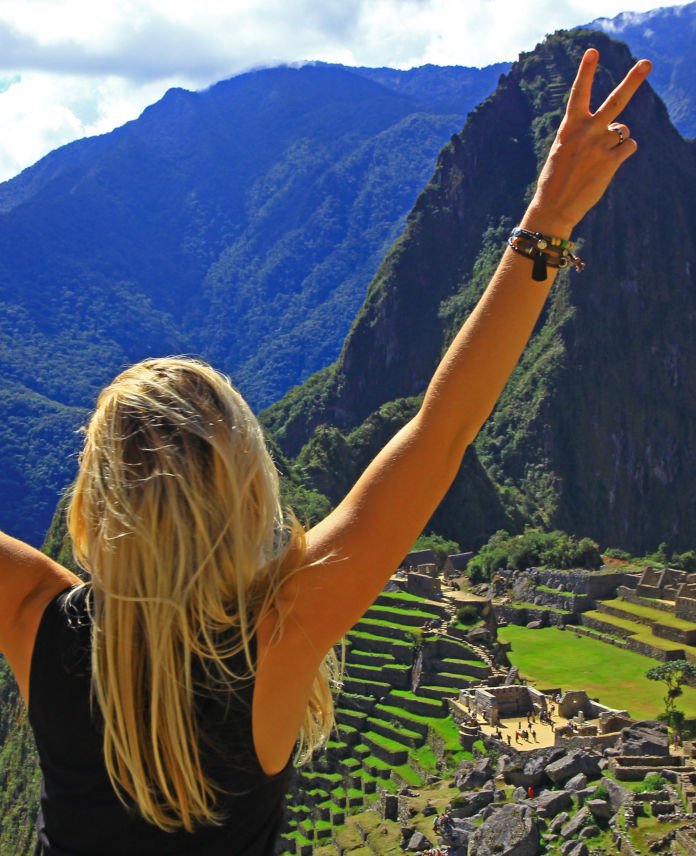
30 July, 2019
Why You Need to Book Early to Secure Your Inca Trail Trek PermitHiking the Inca Trail to Machu Picchu is an incredibly special experience and a privilege to...
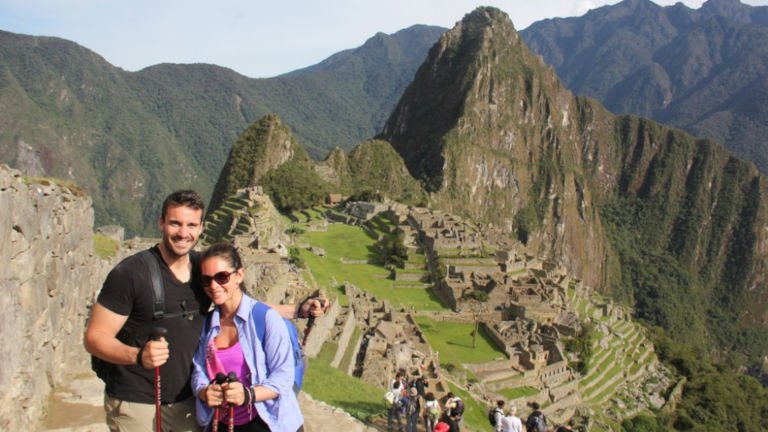
15 November, 2018
Inca Trail vs Quarry TrailWhether you’re a history buff, keen trekker or just a traveller up for a challenge and some...
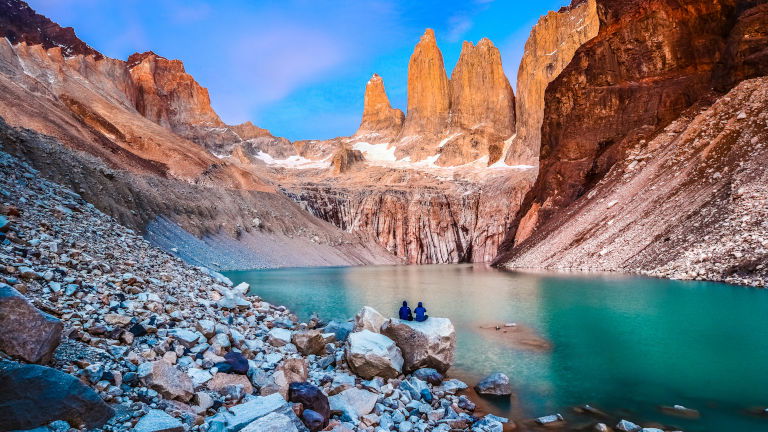
17 October, 2018
Guided Treks You Can Take in South AmericaSouth America boasts diverse cultures and landscapes. Some of the most remote (and stunning!)...
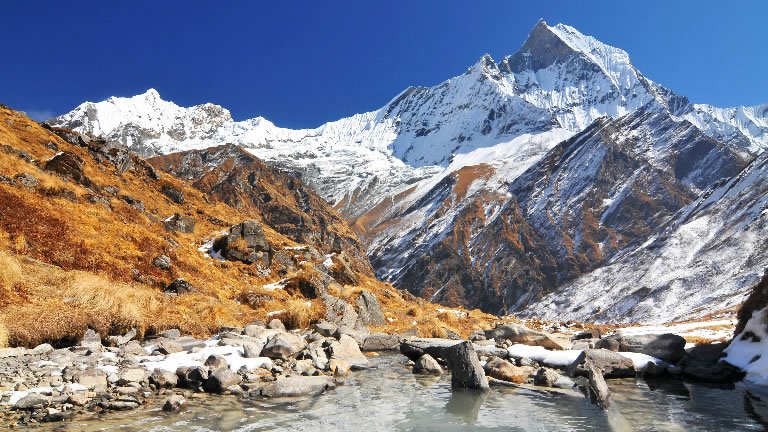
28 September, 2018
Things to Know About Altitude SicknessAltitude Sickness is a concern for many travellers whose tour takes them to destinations at...
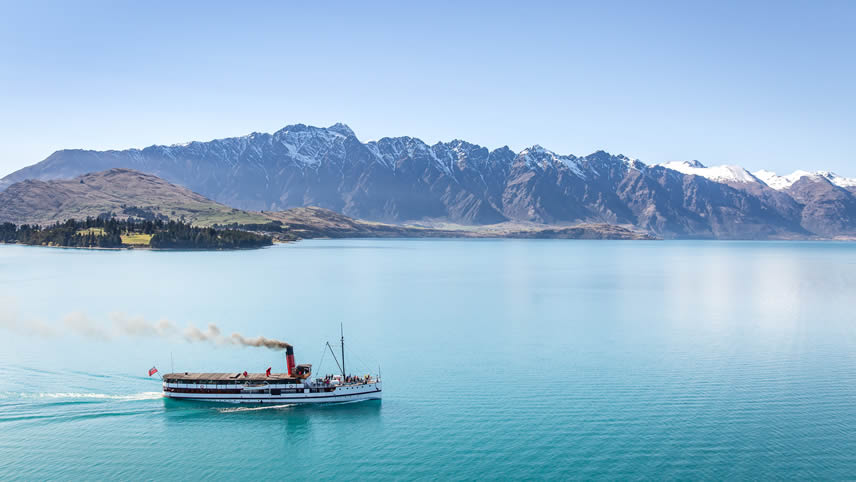
06 December, 2024
Explore NZ's South Island in 10 Days.The stunning natural diversity of New Zealand’s South Island, paired with the warmth and...
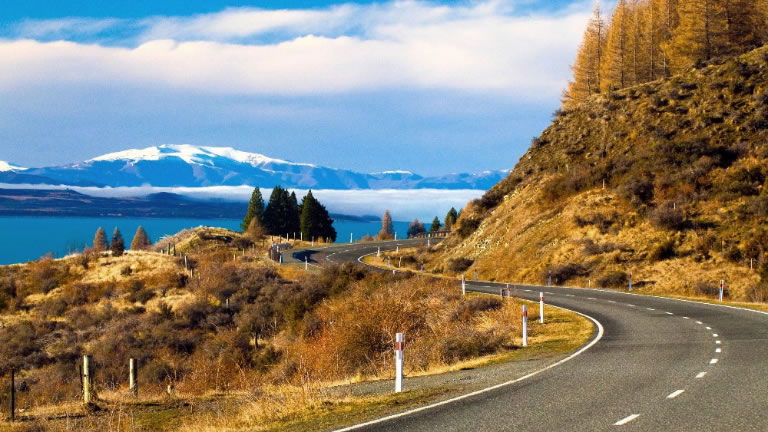
27 November, 2024
Explore the Best of the South Island with Grand PacificDiscover New Zealand’s South Island with Grand Pacific Experience the enchantment of New...
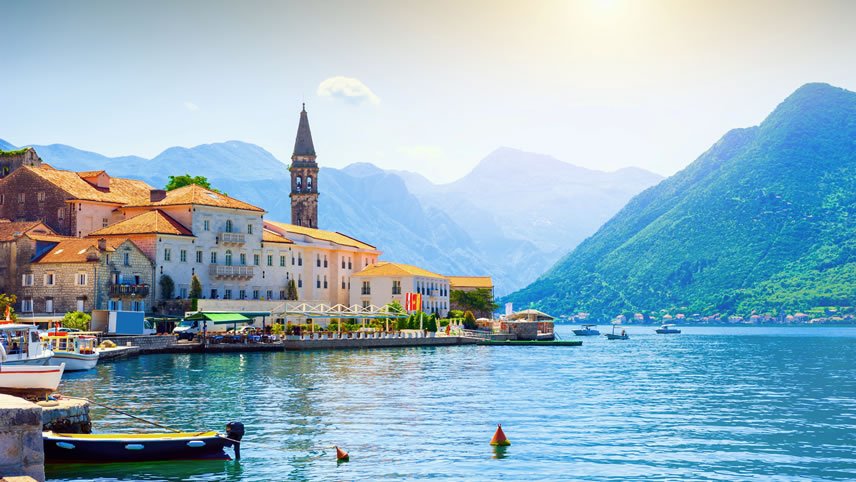
12 September, 2024
Why Travelling to the Balkans Should Be on Your Bucket ListThe Balkans, a region often overlooked by travellers, is a hidden gem waiting to be...
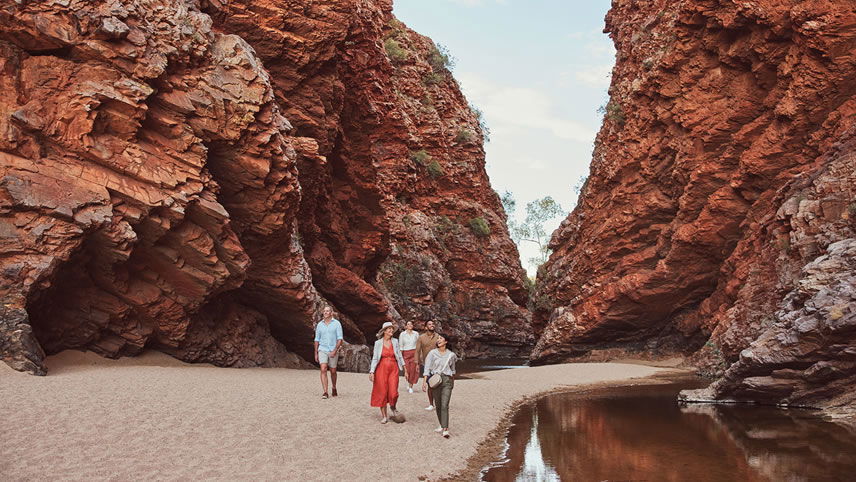
21 August, 2024
Inspiring Journeys Unveils New 2025 & 2026 Season ItinerariesInspiring Journeys, renowned for offering immersive, small-group premium travel experiences,...
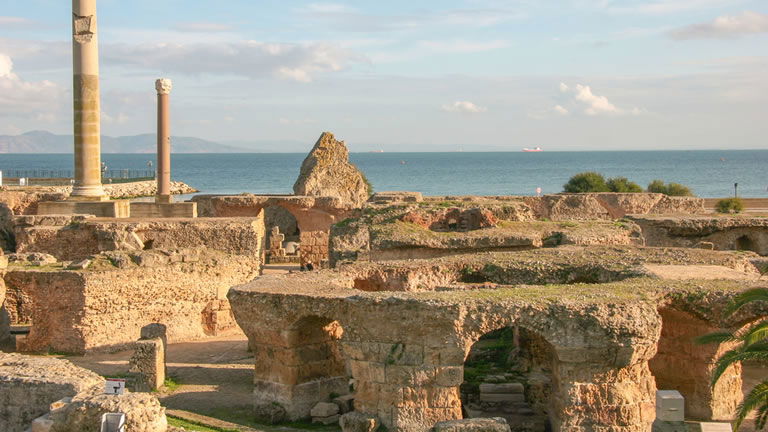
25 June, 2024
Vibrant TunisiaTunisia is located in North Africa and boasts a rich culture and diverse landscapes. The...
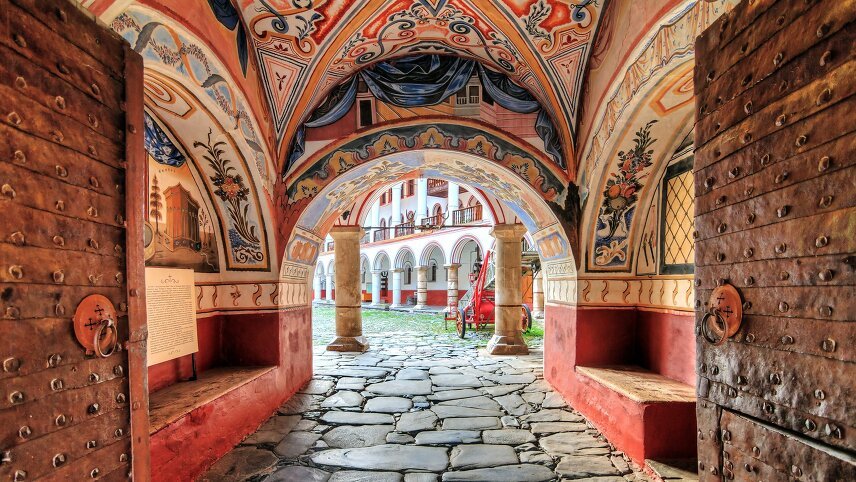
23 April, 2024
Bulgaria's Hidden TreasuresSituated at the crossroads of Europe and the Balkans, Bulgaria is a hidden treasure just...
